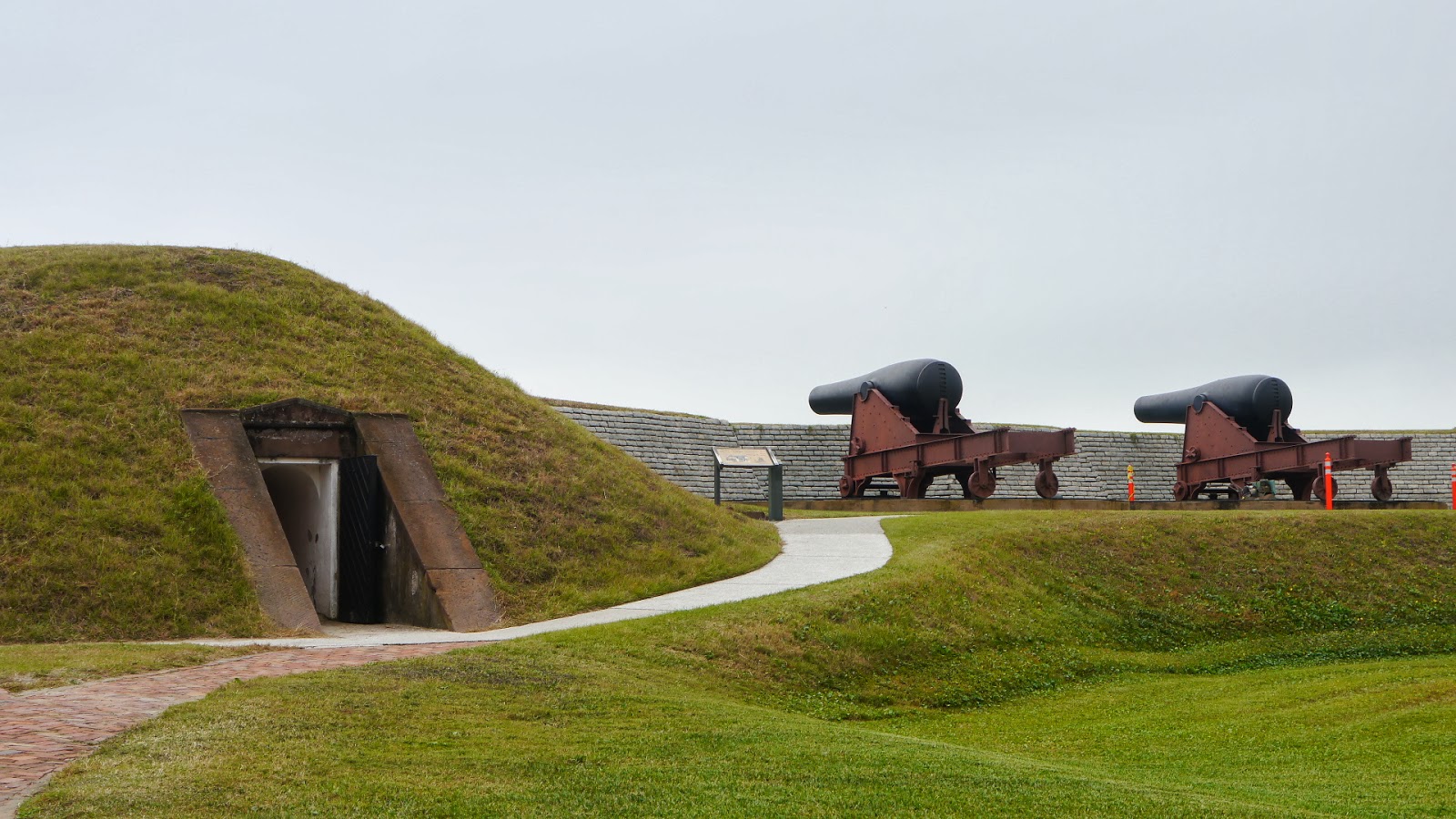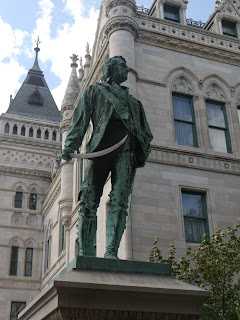Happy Holidays Everyone,
Tis the season to be grateful and we have a lot to be thankful for this year. Reflecting back, it has been a year of many firsts. The most meaningful experience has been spending seven months on the road in an RV with a redhead and her cat. From Denver in May until Florida at Christmas it has been a jubilant ride. Kemosabe (our RV) has gotten us through some narrow calls but not a scratch on him. From the narrow highways in Quebec to the low bridges in Kansas to the winding roads in Maine and Connecticut he has pulled his weight and ours too. Then there was that long bridge across from New Brunswick, Canada to Prince Edward’s Island. All I can say is eight miles and $59.00 later we made it. Then there was the swollen creek in Illinois that touched the bottom of the bridge we darted across. We made it in one piece and have arrived safely in Florida.
We have learned three new languages along the way French in
Quebec, Portland in Maine and Bronx in New York City. In Maine Bar Harbor is
pronounced “Bah Haaba” We also learned the speed limits in the east are only a
suggestion and most drivers don’t allow the limits to slow them down.

New York City was exciting too with a visit to the site of
the World Trade Center, the Empire State Building and the Statue of Liberty.
The subway ride got a little too exciting when one guy sitting next
to Peggy started howling; needless to say we got off at the next stop. Then there was Boston, Bean Town, where the history never ends. In Boston we saw all the Revolutionary War sites and the Home of the Boston Red Sox baseball team at Fenway Park.
Peggy’s favorite location was Hersey, PA. Besides all the great chocolate that Mr. Milton Hershey made, we learned how he built a town to support his plants. He also encouraged others to start businesses. From his encouragement the Reese Peanut Butter Cup was born. With great joy we made our own Hershey chocolate bars that day but they did not make the trip back to the RV.
to Peggy started howling; needless to say we got off at the next stop. Then there was Boston, Bean Town, where the history never ends. In Boston we saw all the Revolutionary War sites and the Home of the Boston Red Sox baseball team at Fenway Park.
Peggy’s favorite location was Hersey, PA. Besides all the great chocolate that Mr. Milton Hershey made, we learned how he built a town to support his plants. He also encouraged others to start businesses. From his encouragement the Reese Peanut Butter Cup was born. With great joy we made our own Hershey chocolate bars that day but they did not make the trip back to the RV.
 The tree color changes in Virginia were slow in changing but
the breathtaking view of the Great Smoky and the Shenandoah Mountains were
still there. These sites gave me a different view of other mountain ranges;
however, the Rockies are still my favorite. Peggy really liked Roanoke,
Virginia but I have not made up my mind quite yet. One of Peggy’s favorite
saying as we leave the campsite has been, “the best one yet” and then we drive
on to the next favorite.
The tree color changes in Virginia were slow in changing but
the breathtaking view of the Great Smoky and the Shenandoah Mountains were
still there. These sites gave me a different view of other mountain ranges;
however, the Rockies are still my favorite. Peggy really liked Roanoke,
Virginia but I have not made up my mind quite yet. One of Peggy’s favorite
saying as we leave the campsite has been, “the best one yet” and then we drive
on to the next favorite. 
We took a side trip in October to Kansas City to see Angie (Tammy’s daughter) get married. We took Coco and she slept most of the trip. Coco’s jack-o-lantern at Halloween was very small.
 History was revisited as we viewed it in many of the Civil
War sites. Gettysburg, Pennsylvania might have been too much for Peggy as it became
an all-day review of the battle that changed the war. After that, Civil War sites were low, I mean
very low on her priority list to visit. We did make it to several forts and I snuck
in Ft Sutton, the start of the Civil War in South Carolina.
History was revisited as we viewed it in many of the Civil
War sites. Gettysburg, Pennsylvania might have been too much for Peggy as it became
an all-day review of the battle that changed the war. After that, Civil War sites were low, I mean
very low on her priority list to visit. We did make it to several forts and I snuck
in Ft Sutton, the start of the Civil War in South Carolina. 

We have seen every type of museum from puppets, trains, art, airplanes, history, and antiques to even pens and pencils, tractors and cars and even Barnum and Bailey in Bridgeport, Connecticut. We stood at the top of tall buildings at the Willis (Sears) Tower in Chicago and the Empire State Building in New York. We looked over the edge of many, many piers, the biggest being the Navy Pier in Chicago to the Navy Yard in Maryland. We stood on the Yorktown Aircraft carrier in Charleston, South Carolina and watched dolphins play and then went kayaking in northern Florida down the Santa Fe River. We have been on several beaches from Nova Scotia to Florida.
We have seen a lot, a lot, a lot and many of them firsts for
us. We’ve got the RV decorated for Christmas. Hope your stockings have been
hung by the chimney with care for mine is on the dash board. I will leave the
window open for Santa to reach in and fill it.
Merry Christmas and Happy New Year!
George, Peggy &
Coco



































